Your Next Honda Civic May Come From Japan, Of All Places
The first Honda Civic made its way to the United States during the Nixon administration. Honda began building Civics in the United States in 1986. Two years later, Honda of Canada Manufacturing began Civic production, as well.
In 2016, with an assembly plant in Greensburg, Indiana, and Alliston, Ontario, Honda is building more than 38,000 Civics per month in North America.
Yet seven years after Honda discontinued the Civic in its Japanese home market, Civic production is returning to Japan.
Civic sales resume in Japan this summer, and some of those Japanese-built Civics, Automotive News reports, might make their way to America.
Based on prevailing conditions, Honda’s North American assembly plants may increasingly be called upon to build HR-Vs, CR-Vs, and Pilots and not Fits, Civics, and Accords. In fact, we’ve already seen Fit production migrate back from Mexico to Japan as Honda sources a greater number of HR-Vs from the company’s Celaya, Mexico, facility.
With the Fit and HR-V fighting for Mexican capacity in 2015, U.S. Fit sales fell to a three-year low. But Automotive News says 93 percent of the Fits sold in the U.S. in 2016 were imported from Japan. Total Fit sales perked up 7 percent despite a 3-percent drop in overall subcompact volume.
With far greater HR-V availability, U.S. HR-V sales jumped 42 percent over the final two-thirds of 2016. Honda set a new HR-V sales record in November 2016 and then smashed that record with 9,034 sales in December 2016, nearly double the December 2015 total.
The Civic, however, is no mere Fit. While U.S. sales of passenger cars tumbled 9 percent in 2016 and the car market earned only four in ten new vehicle sales, U.S. sales of the Honda Civic reached a record high in 2016.
But this high-water mark for the Civic occurred as Honda launched an all-new, tenth-generation model and added a new hatchback bodystyle.
(Incidentally, the Civic Hatchback is already an imported model, albeit not from Japan. Honda ships the hatchback across the Atlantic from the company’s facility in Swindon, England.)
Can Honda sustain such high Civic demand as the new Civic ages, when it isn’t the newest compact car in America’s small car fleet, when the collective American consumer continues to veer away from passenger cars toward SUVs and crossovers?
And if, or when, Civic demand eventually decreases, would American Honda prefer to be sourcing Civics from Japan and building even more in-demand HR-Vs and CR-Vs in North America?
“We’d like to consider political developments and circumstances before determining the best way forward,” Kimiyoshi Teratani, Honda’s COO in Japan, told Automotive News.
Ah yes, the political climate.
In advance of possible changes to the company’s North American production portfolio, Honda CEO Takahiro Hachigo said at the 2017’s North American International Auto Show, “Last year, more than 96 percent of the vehicles we sold in the U.S. were made in North America.”
As if in response to a Honda-directed presidential tweet that hasn’t yet been tweeted, Hachigo further emphasized Honda’s American presence. “In total, we now have 12 major plants in the U.S. building cars and trucks, engines, transmissions, power equipment, power sports products, and even airplanes,” Honda’s CEO continued. “Local automobile production helped us achieve new sales records in the U.S. for the second straight year.”
Timothy Cain is the founder of GoodCarBadCar.net, which obsesses over the free and frequent publication of U.S. and Canadian auto sales figures. Follow on Twitter @goodcarbadcar and on Facebook.
More by Timothy Cain
Latest Car Reviews
Read moreLatest Product Reviews
Read moreRecent Comments
- Theflyersfan I think color is FINALLY starting to return to car lots. After what seems like over a lost decade of nothing but shades of gray, whites, and black, I'm seeing a lot more reds and blues creeping into luxury car lots. Except Audi and Volvo. They still have at least 6-8 shades of gray/silver. But they at least have a nice green. Honda and Acura seem to have a bunch of new colors. And all carmakers need to take a serious look at the shades of red seen at the Alfa Romeo lot and tell themselves they want that because that looks amazing.
- Bd2 Well, it's no Sonata, no does it have the panache of the Optima.
- Teddyc73 "eye-searingly"?
- Teddyc73 I applaud anyone who purchases a vibrant, distinct or less popular color. We need these people. Our road ways have turned into a dreary gloomy sea of white, black, silver and greys, most with the equally lifeless black wheels. Mr Healey is guilty of contributing to this gloom apparently. It looks like a black and white movie across the nation when grouped with our grey houses with grey interiors. Totally dull and lifeless. And what is with this awful hideous trend of dull grey with black wheels showing up everywhere? It's on everything. Just awful. Come on people! I'll keep my Ram 1500 with it's deep rich sparkling Western Brown paint as long as I can.
- Shipwright As my Avatar shows I had an '08 GT 500, Grabber Orange convertible. I now own a '12 GT 500 Kona Blue coupe.

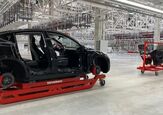
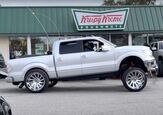
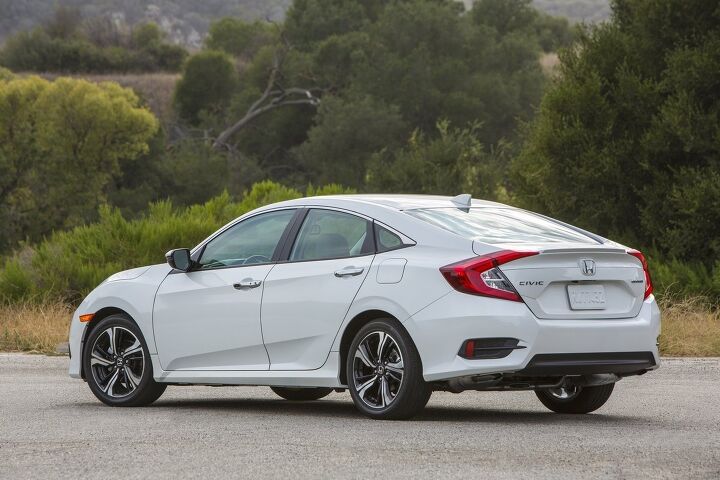













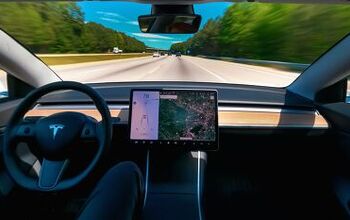
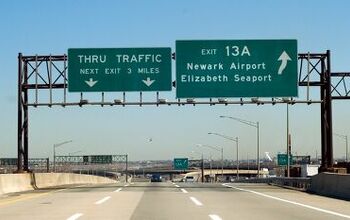
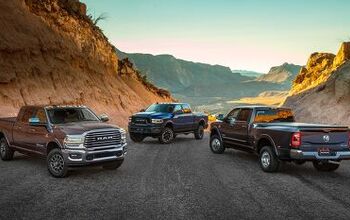


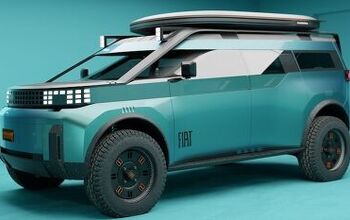
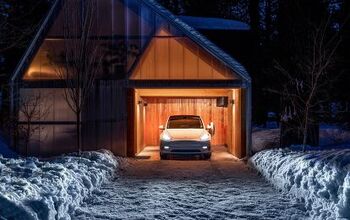
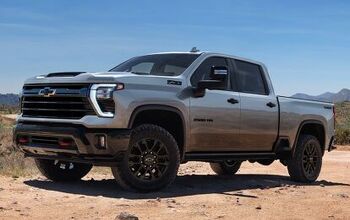

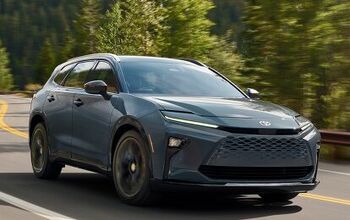
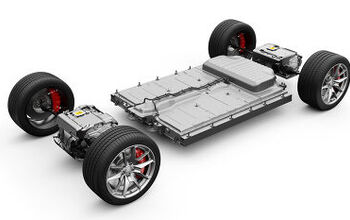

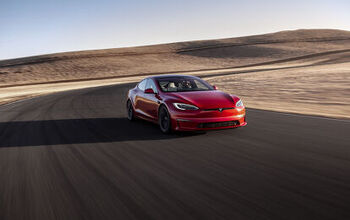
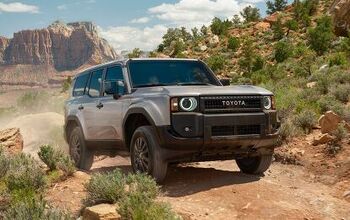

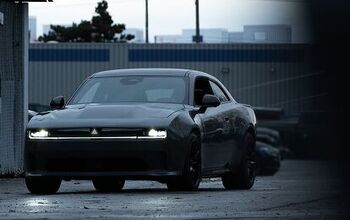
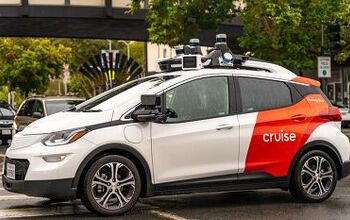

Comments
Join the conversation
With sliding new car demand in Japan as the country ages its way into oblivion, Honda no doubt finds their home market to be one of the few places where they have excess production capacity. The difference between profit and loss is increasingly based on keeping the plants running at near capacity, so such a move makes sense for Honda even if they don't sell many Civics in Japan. The question is whether the Trump administration will see things the same way - he is apparently already unhappy with the new plant BMW is building in Mexico, and BMW is I believe the largest auto exporter (by value) in the US.
For Honda, it's called optimizing the efficiency of its existing plants before building new ones. The NA plants can't keep up with the demand. Celaya, Mexico Lincoln, AL Alliston, ON (Both plants) East Liberty, OH Greensburg, IN ALL PRODUCING AT CAPACITY with Mucho Overtime. Civic Hatch is built in Swindon, England. We need help, if we want to drive Hondas! Some models are in short supply! (My wife is working for one of their major suppliers (For HCM 1 and 2, ELP, MAP and HMIN) and they've been working 6 days a week almost every week for the last 2 years.